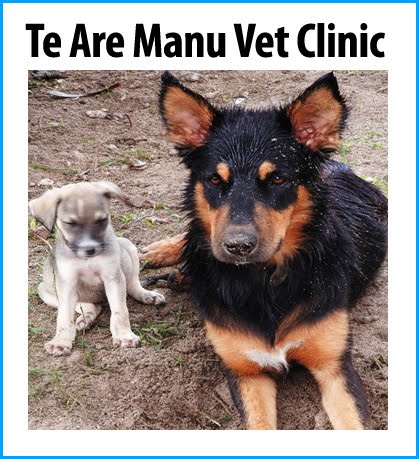Sunday, July 31
Te Maeva Nui float parade kicks off constitution
2011 marks the 46th celebration of internal self-governance for the Cook Islands.
Te Maeva Nui celebrations got under way on Friday with a float parade. This always marked the start of the constitution festivities on Rarotonga but over the past few years it dwindled away and in fact last year the parade was cancelled.
This year, though, we had great weather and about forty floats from government departments, businesses, NGOs, schools and local and international communities. They started from the western harbour at Avatiu and snaked through town to Avarua where politicians, dignitaries and a large crowd watched the opening ceremony. Thousands of people were involved either as spectators or on the floats.
The parade started at midday and was scheduled to take about two hours but, as usual, things over-ran, probably because of the performances the floats put on when they got to the judging area, and there were very long hold ups. Must have been tough for the people taking part, especially some of the little kids, but they sang and danced while they waited and everyone had a good time.
It’s always nice to see the outer islanders because they’re so full of energy and good humour. The government chartered a Samoan ferry to transport the northern group islanders while those from the southern group flew in.
The winning entrant was from the Ministry of Infrastructure and Planning (MOIP) with a recycling theme of crushed cans and plastic bottles. TAV’s fashion float came second and Manihiki Enua third. Aitutaki’s bonefishing promotion was judged the best southern group entrant and Rakahanga the best from the north.
Other winners included primary school – Avarua; secondary school – Tereora; government – Ministry of Justice; NGO – Red Cross; local community – Puaikura; International community – Samoa; business – Budget; most entertaining – Pukapuka.
Te Maeva Nui will continue with choir, imene tuki and cultural dance competitions as well as trade days when outer islanders can raise money by selling crafts and food.
Monday, July 25
Rarotonga Careers Expo 2011
The Careers Expo is now an annual event organised by the Ministry of Education on Rarotonga to give local schoolchildren some ideas about what career and job opportunities are available.
About 600 kids visited over 30 local and overseas exhibitors during the day. That included all form 2 and higher students on Rarotonga and 60 or so from southern group outer islands. And there was also plenty of interest from people looking for a change in career, school leavers who don’t yet have a job and adults wanting to re-join the workforce, for example after raising a family. Everyone was welcome.
The outer islanders certainly took the event seriously and wore colourful pareu shirts and dresses adding a festive note to the Telecom Sports Arena.
Plenty of competitions and giveaways kept the kids busy as did interactive displays such as the flight simulator from Nelson Aviation College and 88FM’s DJ outpost.
But probably the happiest worker at the show was the Cook Islands police drug dog – the tail never stopped wagging!
If we’re all that happy in our jobs life will be great!
Thursday, July 7
Wetlands wildlife - the Aroko saltmarsh
The Aroko saltmarsh once stretched from Avana harbour to the Ngatangiia sports field on Muri lagoon but now all that‘s left is an area of just over two acres.
It’s the most endangered habitat on Rarotonga because of land-filling for development but it’s very important for the environmental health of the lagoon and the island.
Among the wildlife found in the saltmarsh is the koiti raukura – the red-clawed fiddler crab. This is a native crab that feeds on micro-organisms and decaying vegetation and animal matter, thus reducing the pollution of the lagoon. This small area is the only place on Rarotonga where the koiti raukura can still be found. It’s a fascinating little creature and we should treasure it. It’s doing more to protect the lagoon than most of the human inhabitants of the island!
The kuriri – wandering tattler – is a shore bird and the saltmarsh is a rich feeding ground for it. Tattlers actually breed in Alaska or Canada. Like the torea (Pacific plover) they fly south and spend the northern winter here from September to April then head back home for the breeding season from May to August. A few of the juvenile birds, such as this one, remain here as beachcombers and who can blame them. Beachcombing on Rarotonga is a very pleasant pastime!
Kotuku - Pacific reef herons - are common on Rarotonga. You’ll see them along the sea shore during the day all year round. At sundown they fly inland to roost. The dark grey or white birds are the same species. Nobody really knows why there are two different kinds (morphs). As you can see from the video, both colours use the Aroko saltmarsh.
This wetlands area serves as a nursery area for fish and the herons make full use of that.
2011 is the Year of Wetlands in the Cook Islands. Enua mou e vai ora – wetlands for healthy islands.





